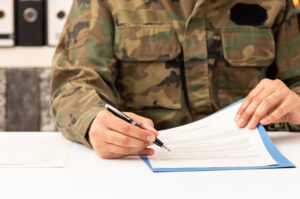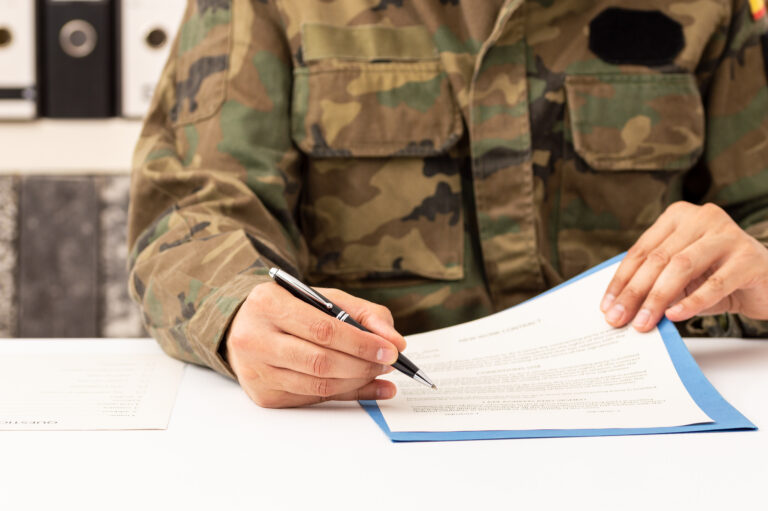Importance of DoD CAC for military personnel
Importance of DoD CAC for Military Personnel
The Department of Defense (DoD) Common Access Card (CAC) is an essential tool for military personnel. It’s not just a badge or an ID card, but a critical part of daily operations within the armed forces. This card carries significant weight in terms of security, access, and identification.
Security and Authentication
The primary function of the DoD CAC is to enhance security and serve as a robust form of authentication. It contains a microchip that stores various certificates and encryption keys. These digital certificates authenticate the identity of military personnel when they access DoD systems.
The card ensures that only authorized personnel can access restricted areas and information. This is crucial in maintaining operational security. Physical access control systems in military installations are often integrated with the CAC, requiring personnel to present their card for entry.
Access to Information Systems
The CAC allows military personnel to log into DoD networks and systems securely. This is particularly important for accessing email, databases, and other vital communication tools. It ensures that sensitive information is protected and accessible only to those with proper clearance.
In addition, it supports multi-factor authentication by combining something you have (the CAC) with something you know (a PIN). This adds an extra layer of security, making it harder for unauthorized individuals to gain access.
Non-repudiation
Non-repudiation is another critical benefit of the CAC. It means that any action taken with the card can be definitively traced back to the cardholder. This is important for accountability and traceability within the military.
Digital signatures made with the CAC ensure that documents and communications are authenticated and have not been tampered with. This helps in creating a secure and reliable chain of custody for electronic transactions and communications.
Encrypted Emails and Secure Communications
The CAC plays a vital role in securing electronic communications. It is used to encrypt and decrypt emails, ensuring that messages can be read only by the intended recipient. This is particularly useful when transmitting sensitive information.
Encryption helps protect the confidentiality and integrity of communications. It prevents eavesdropping and interception by unauthorized parties, which is crucial for maintaining operational secrecy.
Physical Access Control
Military installations rely heavily on the CAC for physical access control. Entry to secure buildings, rooms, and facilities often requires swiping the card through a reader. This system verifies the cardholder’s identity and ensures they have the necessary clearance.
Automated access control systems reduce the burden on security personnel and provide a fast, reliable method for managing access. They can also log entries and exits, which is useful for monitoring and maintaining security.
Healthcare and Benefits
The CAC is also used for accessing healthcare services through the Military Health System. It acts as an identification card for receiving medical treatment and accessing health records. This ensures that military personnel receive timely and appropriate care.
Additionally, the card is linked to various benefits and entitlements. It can be used to access commissaries, exchanges, and other facilities that offer support services for military families.
Updating and Managing the CAC
The DoD has established procedures for issuing, updating, and replacing CACs. These processes ensure that the cards remain up to date and secure. Personnel are required to renew their CAC periodically and report any loss or theft immediately.
Updating the card may involve reissuing certificates or enrolling in new authentication factors. This helps adapt to evolving security needs and technological advancements.
Dependents and Civilians
While primarily used by military personnel, the CAC system extends to certain civilian employees and contractors. They also require secure access to DoD facilities and information systems. The CAC provides a standardized method of authentication across the DoD enterprise.
Dependents of military personnel may not have CACs but benefit indirectly. Secure systems and facilities ensure their safety and access to services. For instance, family members can use the Defense Enrollment Eligibility Reporting System (DEERS) which is linked to CACs for eligibility verification.
Future of DoD CAC
The DoD continues to enhance and evolve the CAC system. Emerging technologies like biometrics and mobile authentication are being integrated to improve security and user convenience. The goal is to stay ahead of potential threats and streamline access procedures.
Continuous improvement efforts focus on balancing security with usability. The aim is to ensure that military personnel can perform their duties efficiently without compromising security.
Continuous Enterprise-Wide Support
Supporting the CAC infrastructure requires continuous monitoring and updates. IT teams within the DoD work tirelessly to ensure that systems are patched and updated to protect against vulnerabilities. This enterprise-wide support is crucial for maintaining the integrity of the CAC.
The DoD also engages in regular training and awareness programs. Ensuring that personnel understand the importance of safeguarding their CAC helps prevent misuse and enhances overall security.
Conclusion
The DoD CAC is more than a simple identification card. It is a multifunctional tool that supports the security, efficiency, and well-being of military personnel. Investing in and maintaining this system is crucial for the continued success of military operations.






